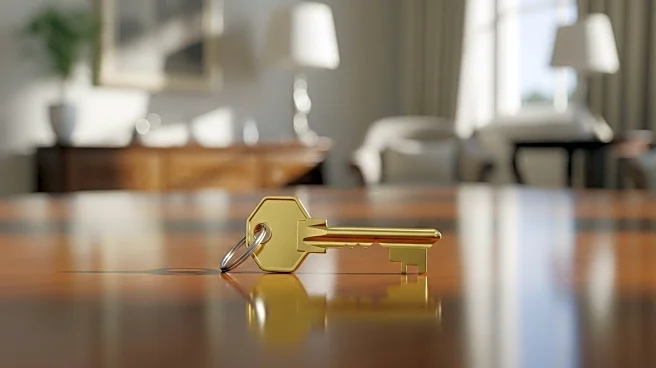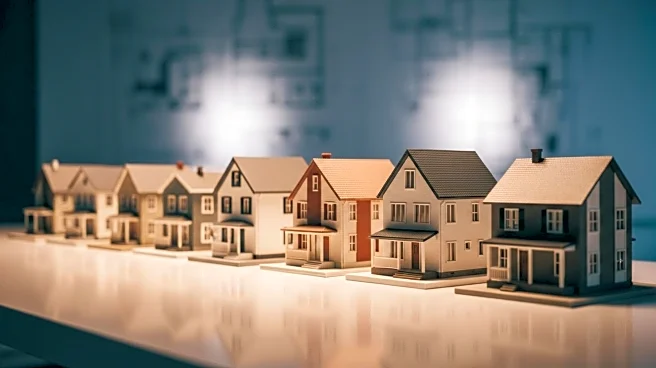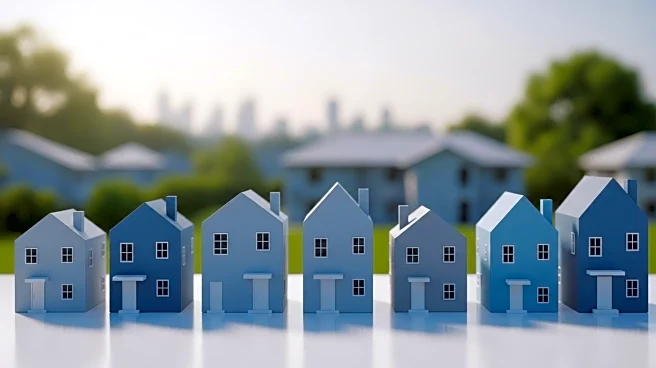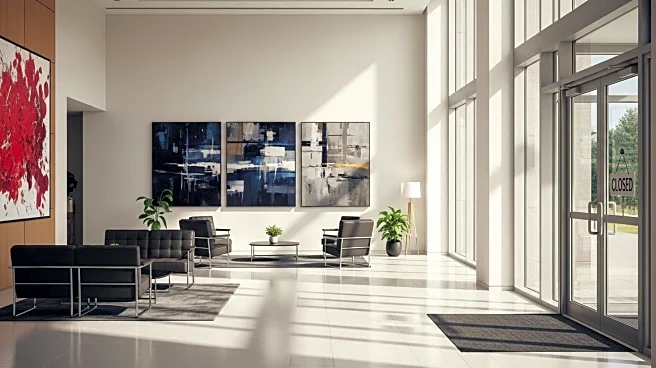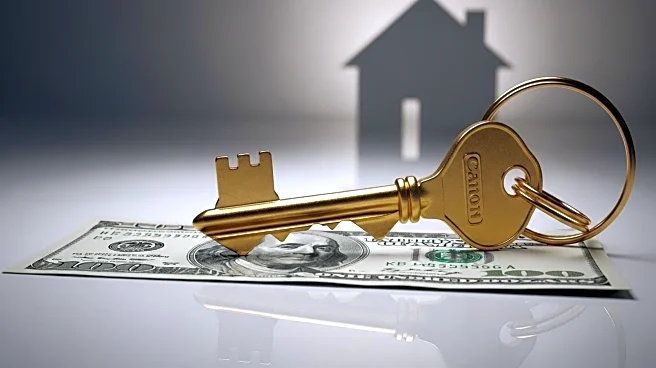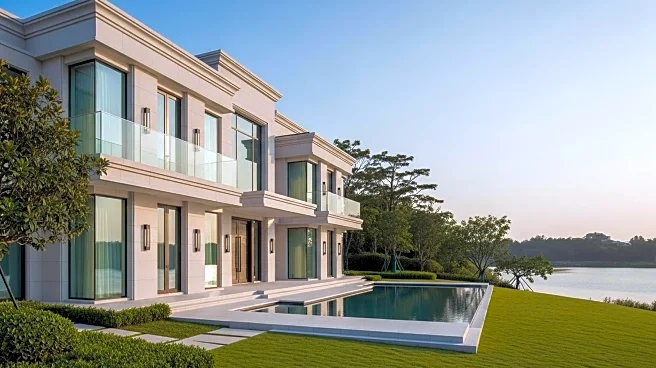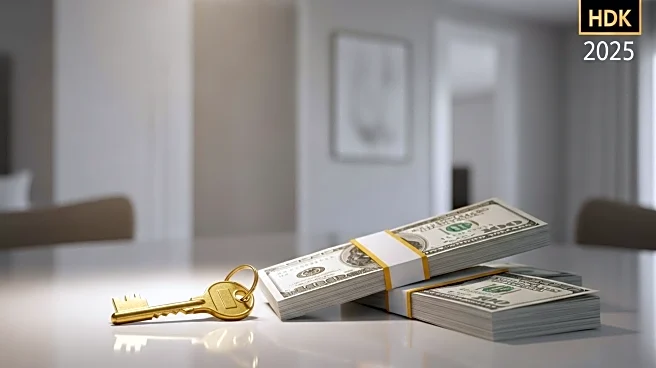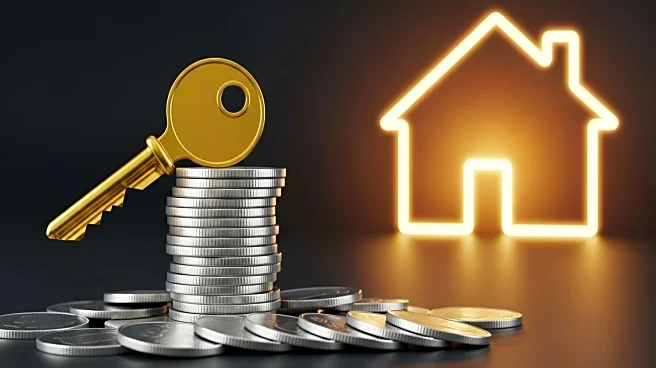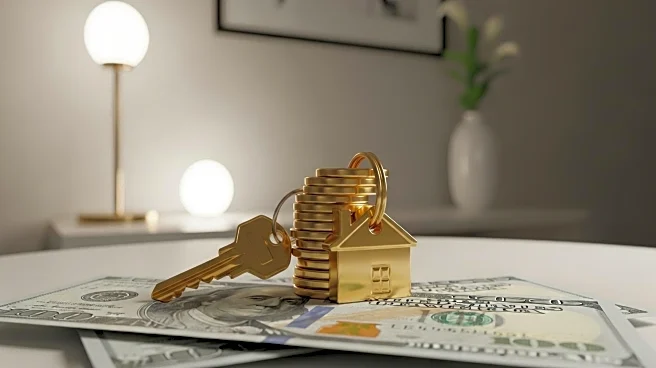What's Happening?
The luxury real estate market in the United States has experienced a significant transformation over the past decade, with the threshold for what is considered a luxury home increasing by more than 60%. According to Realtor.com's recent 'What Is Luxury' report, the current threshold for a luxury home is $1.3 million, placing it among the top 10% of the most expensive homes nationwide. This marks a substantial rise from 2016, when the threshold was $796,622. The report also highlights that the top 5% of homes for sale nationwide now start at $2 million, while the top 1% begin at $5.4 million. These figures are significantly higher than the national average median listing price of $430,000. The report underscores that while a million-dollar home remains a significant benchmark, it no longer holds the same luxury status it once did, as exclusivity and relative standing in local markets have become more defining factors.
Why It's Important?
The dramatic increase in luxury home prices reflects broader economic trends and shifts in consumer behavior. This surge in prices can impact various stakeholders, including potential homebuyers, real estate investors, and the construction industry. For homebuyers, especially those seeking luxury properties, the rising prices may limit accessibility and necessitate higher financial commitments. Real estate investors might see increased opportunities for profit, but also face greater risks due to market volatility. The construction industry could benefit from increased demand for high-end homes, potentially leading to job creation and economic growth. However, the rising prices also highlight issues of affordability and inequality in the housing market, as the gap between luxury and average homes widens.
What's Next?
As the luxury real estate market continues to evolve, stakeholders may need to adapt to changing market dynamics. Potential homebuyers might explore alternative markets or adjust their expectations regarding luxury features. Real estate developers and investors could focus on emerging markets or innovative housing solutions to meet demand. Policymakers might consider implementing measures to address housing affordability and ensure equitable access to homeownership. Additionally, the ongoing economic conditions, such as interest rates and inflation, will likely influence future trends in the luxury housing market.
Beyond the Headlines
The shift in luxury home pricing also reflects cultural and societal changes, as perceptions of luxury evolve. The emphasis on exclusivity and local market standing suggests a move towards personalized and unique living experiences. This trend may influence architectural styles, interior design, and the types of amenities considered essential in luxury homes. Furthermore, the rise in luxury home prices could contribute to gentrification in certain areas, potentially displacing long-term residents and altering community dynamics.

